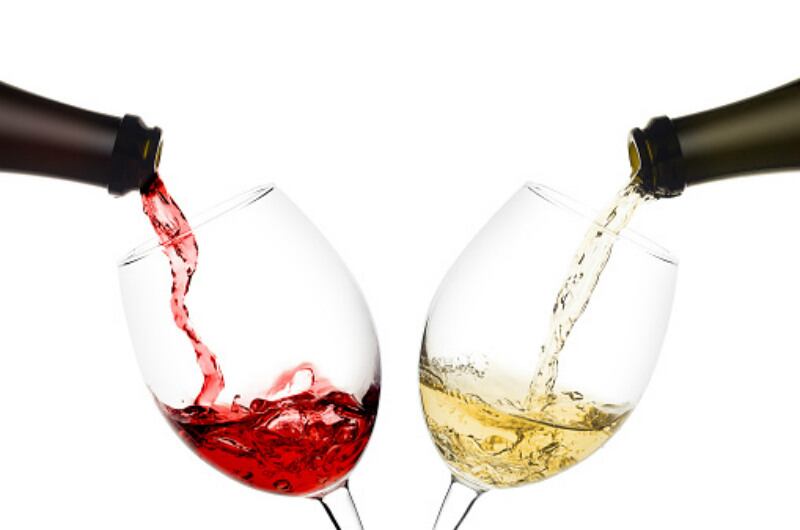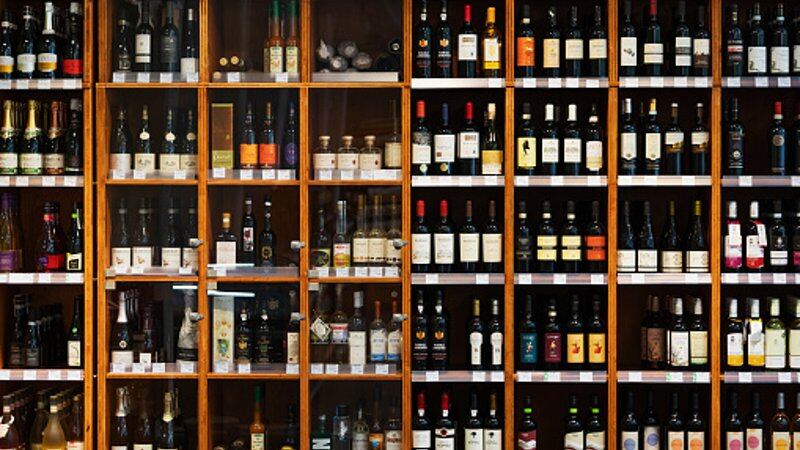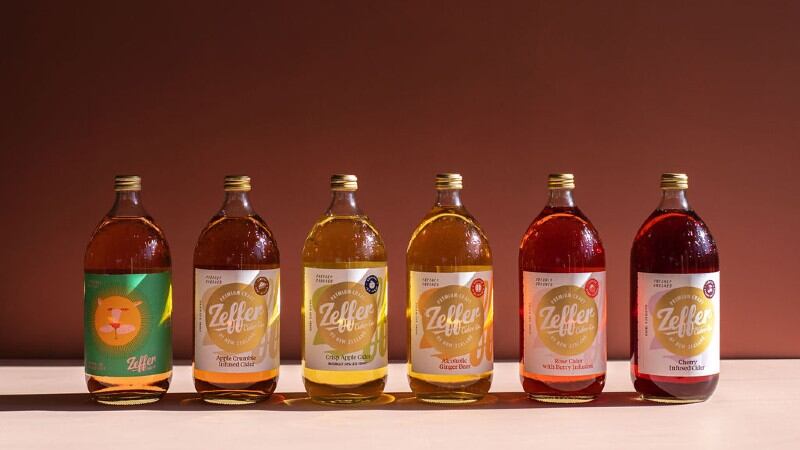With sampling and tasting becoming near-obsolete in stores after the COVID-19 pandemic hit the region, products that depend on sensorial experiences to attract consumers such as wine have had to find entirely new ways to draw in consumers.
According to Penfolds, one of the largest wine companies in the world, research has shown that 40% of two in five shoppers planning to make wine purchases ultimately leave stores without a bottle, and a study done on wine shoppers in FairPrice and Cold Storage Singapore also showed that although a shopper may spend an average of four minutes browsing wine shelves, some 32% of shoppers found information on the wines and the flavour profiles lacking.
This led the firm to believe that consumers were experiencing a distinct lack or gap in their wine-shopping experience, thus working to innovate what it calls ‘phygital’ in-store displays to improve this shopping experience.
“In introducing this brand new phygital mode of retail marketing and display, we hope to revitalise shoppers’ experience by directly addressing their concerns and needs,” Penfolds International (South East Asia, Japan, Korea, Europe, Middle East & Africa) General Manager Yodissen Mootoosamy said.
“Penfolds’ phygital displays [allow] consumers to access information through digital technology, without losing the element of physical contact with the product they intend to purchase - a combination of which will help shoppers to feel comfortable with and certain in their final selection.”
‘Phygital’ displays refer to the concept of using technology to bridge the digital world with the physical world, and for Penfolds this has been implemented in several ways – One of these is to stimulate the sense of smell, wine aromas are dispensed onto scent strips to allow consumers to gauge the wine profiles without needing to taste samples.
In tandem with the scent strips, a digital screen is prompted to showcase a video on the aroma notes to provide consumers with more information on the scent.
Another type of phygital display dubbed ‘lift-and-learn’ uses motion sensors at the wine displays, so when shoppers lift a product a screen is triggered to display the corresponding product information.
“What we hope to achieve through this latest phygital experience is to spark interest for consumers who may feel like drinking wine is something only reserved for the established,” Penfolds told FoodNavigator-Asia via an email statement.
“[We aimed to] seamlessly blends online and offline elements for a unique customer experience that simultaneously guides shoppers in their consumer journeys, without the need for an on-site promoter.”
That said, the firm added that the actual experience of wine-drinking and tasting is irreplaceable, although the hope is that these measures can help to increase consumer interest and attention in addition to improving their shopping experiences.
“Nothing will ever replace the true pleasure of enjoying a glass of wine,” said Penfolds.
“At the end of the day, nothing comes close to the experience of tasting [the wine, but we hope that] these interactive touchpoints will pique consumers’ interest in wines [as well as] lower the barriers of entry for new consumers to try something [new].”
Wine trends across APAC
According to the firm, the use of technology has been the most significant change observed in the wine industry since the COVID-19 pandemic hit, which was another reason for the decision to go ‘phygital’.
“The pandemic has indeed changed shopper behaviours as well as marketing [for us] across the APAC region,” Penfolds said.
“With online shopping and mobile orders becoming even more popular than before, brands and retail must adapt to meeting the online and offline needs of consumers [including] the use of tech-enabled tools to bridge the physical and digital experience for shoppers to [help them] choose the best matches for their palate.
“Overall, there has been an increase in wine sales in the past two years since the world went into lockdown.”





